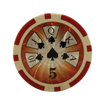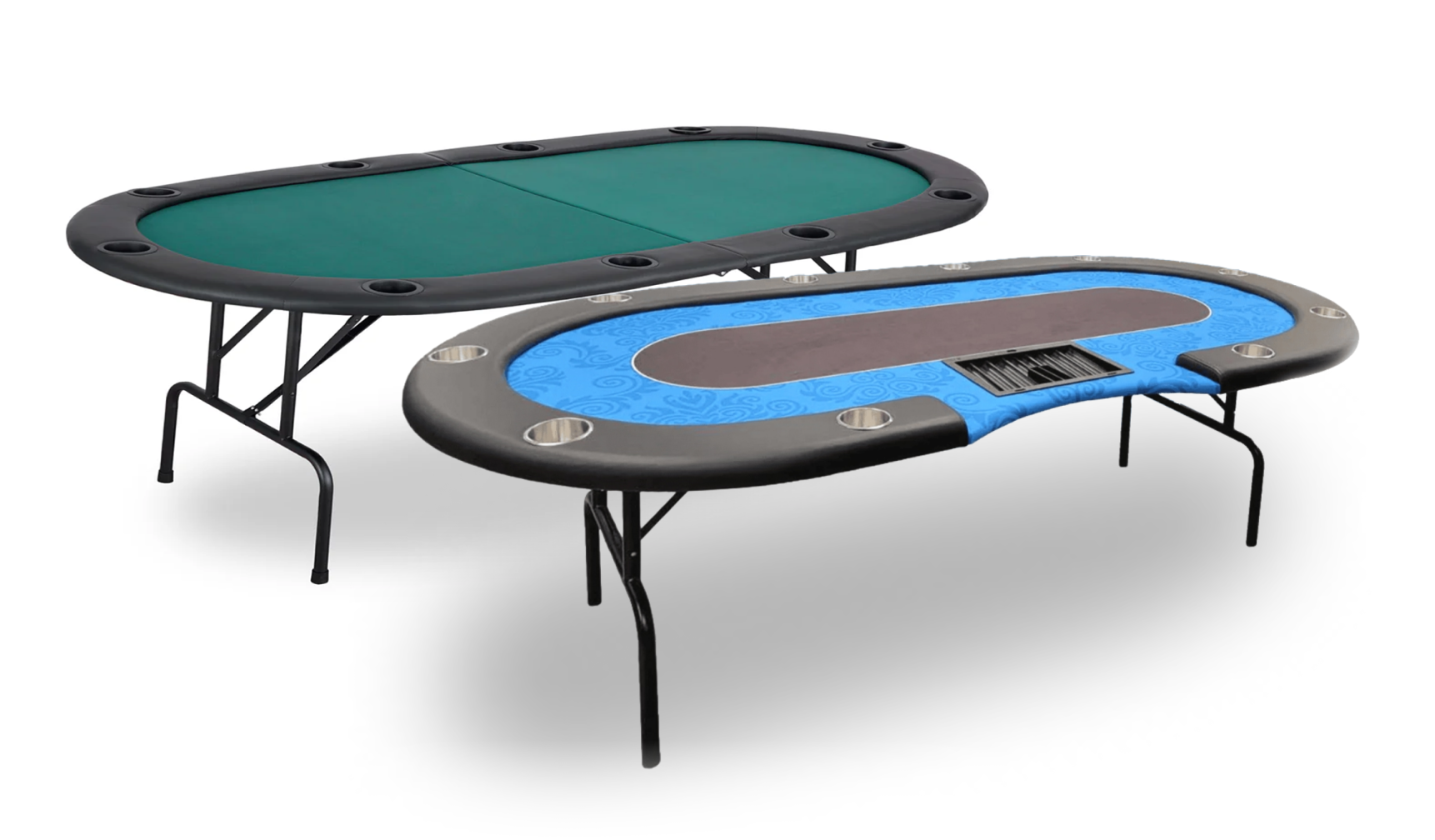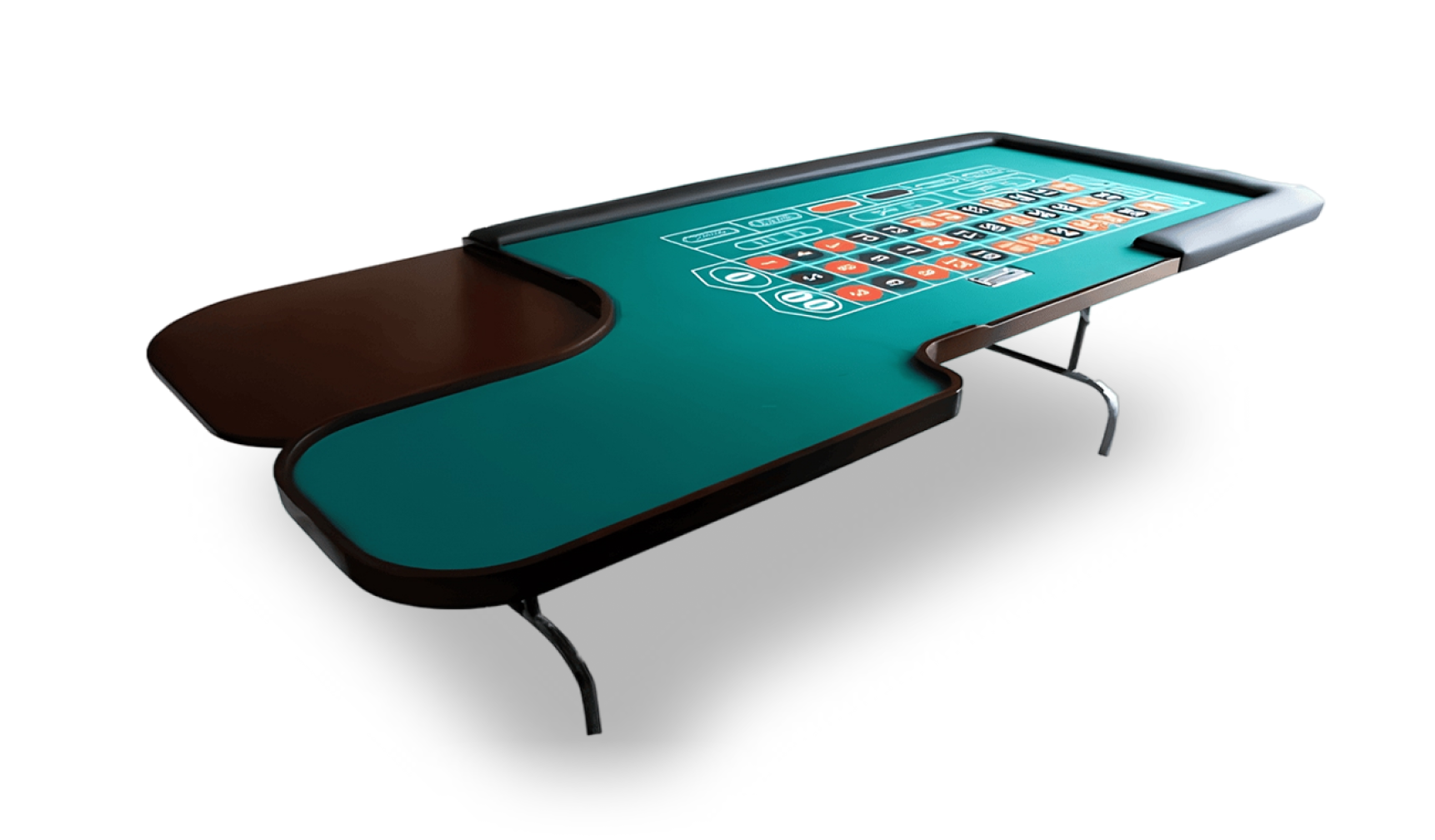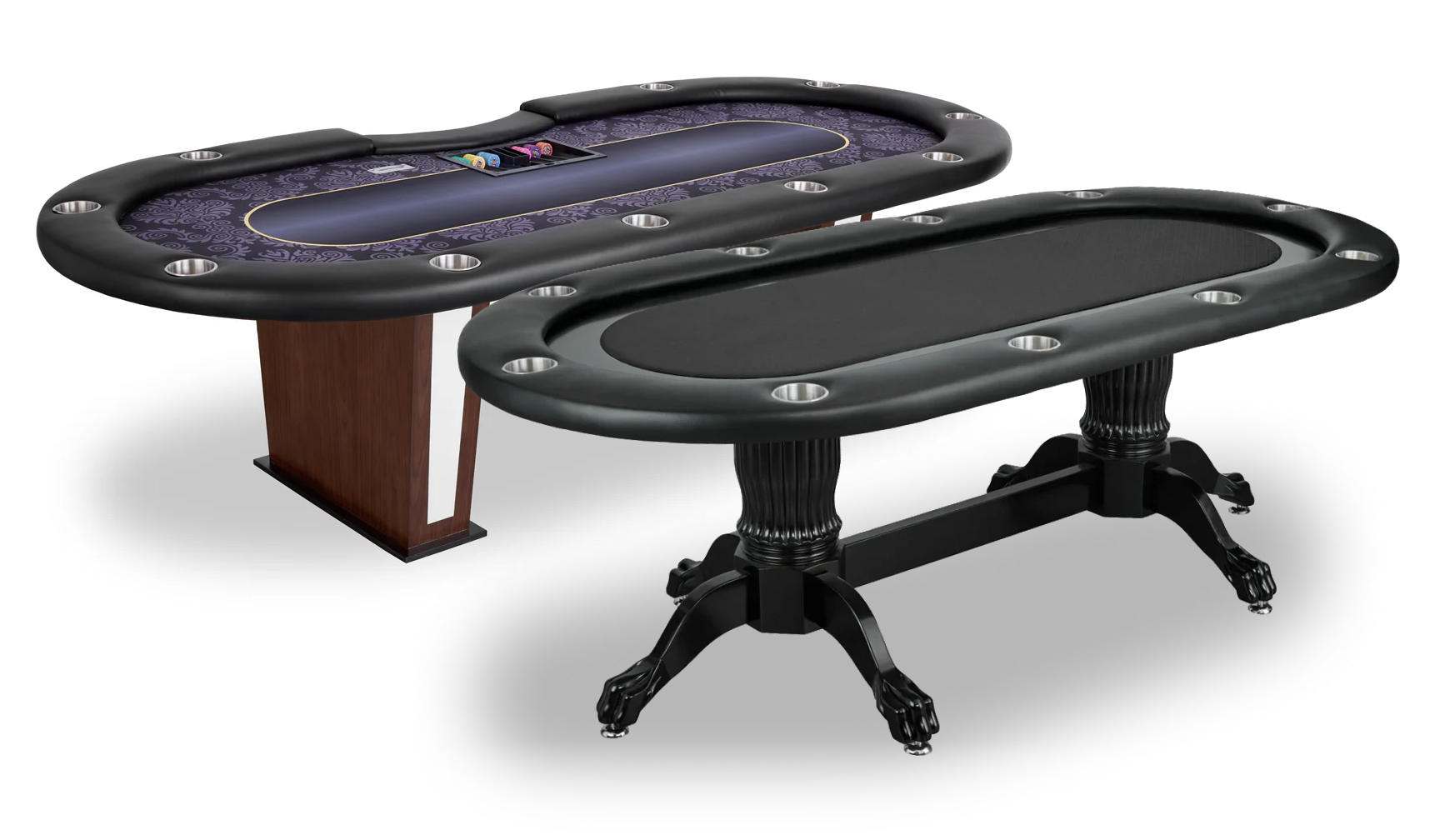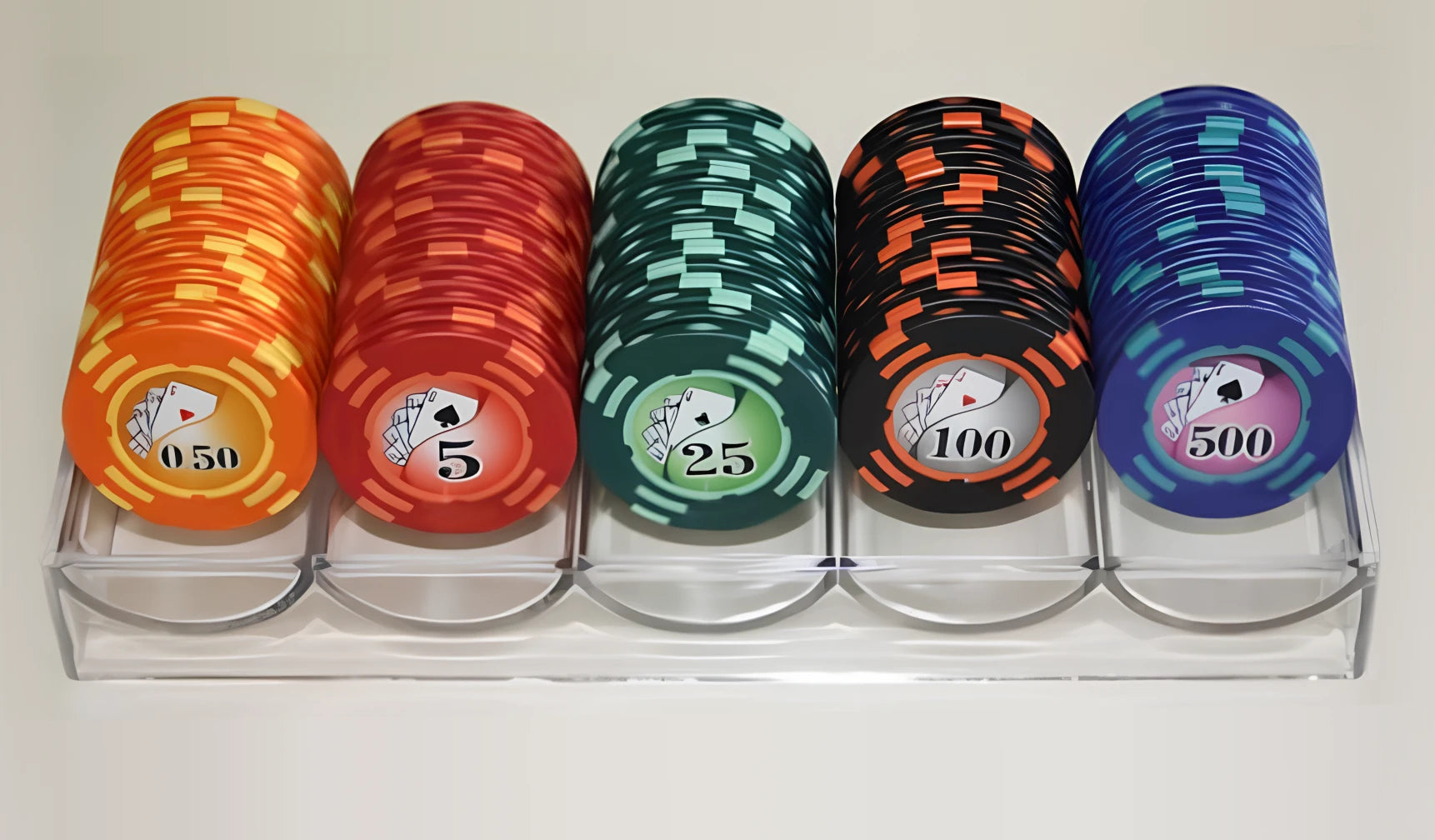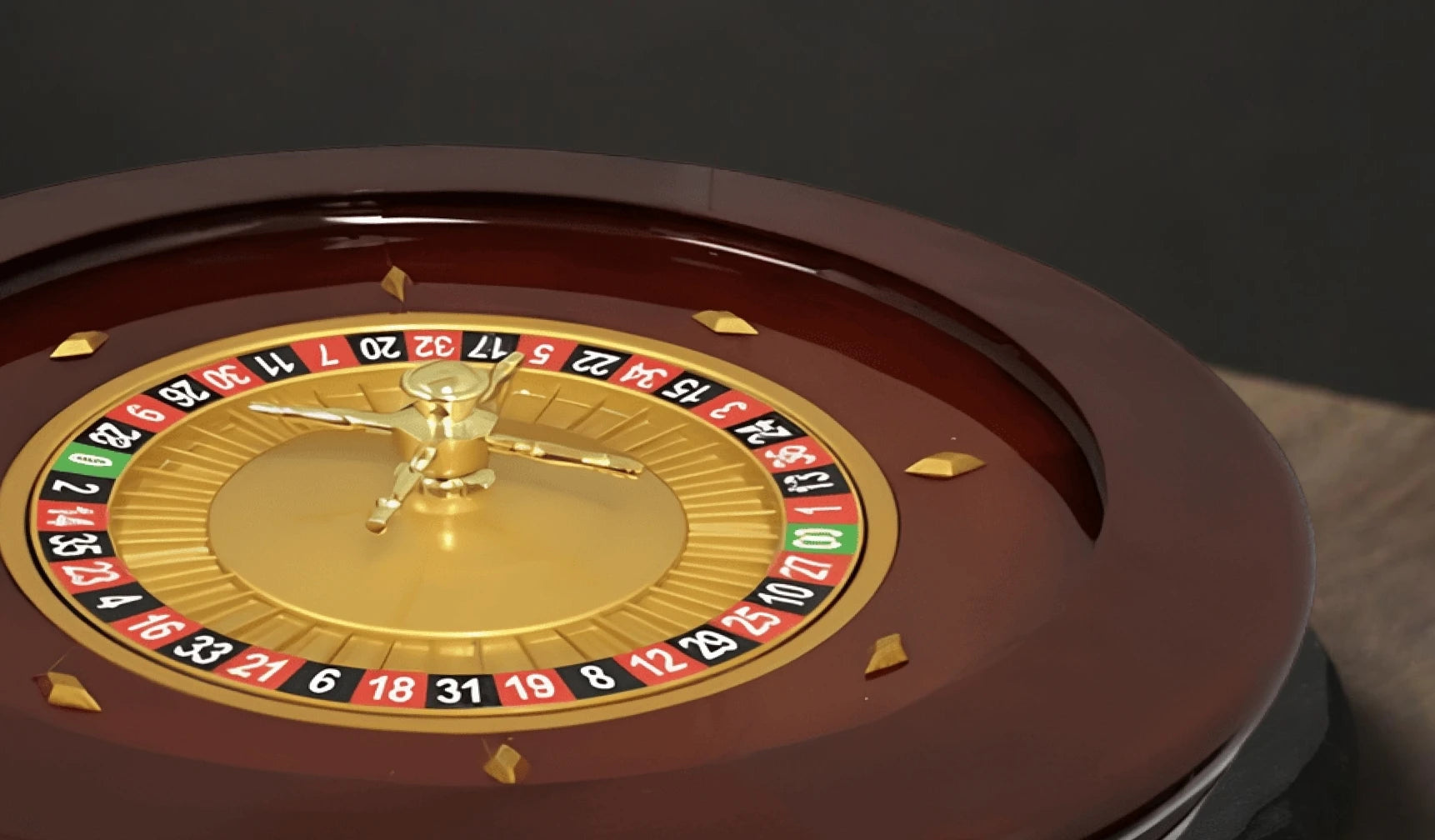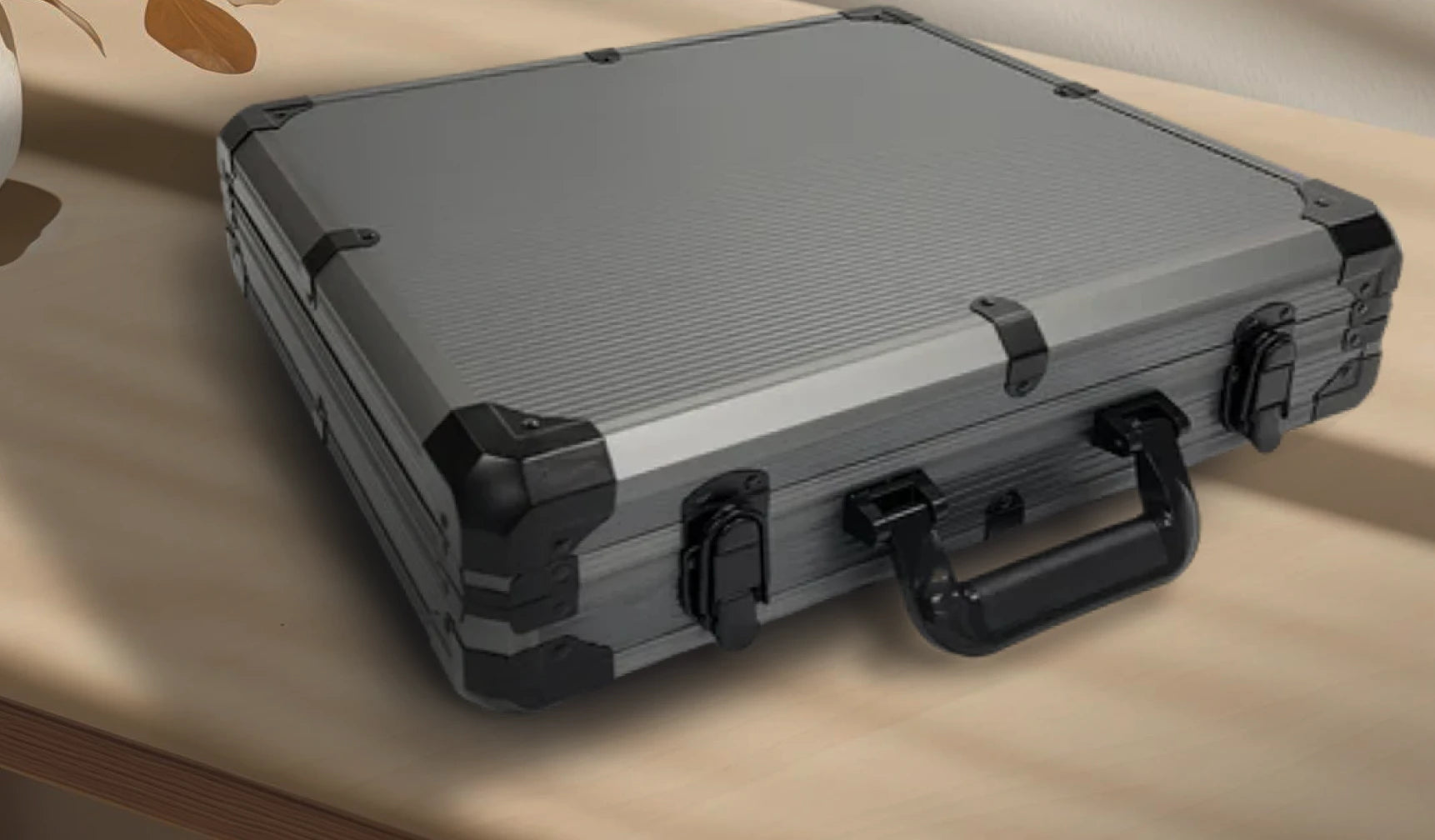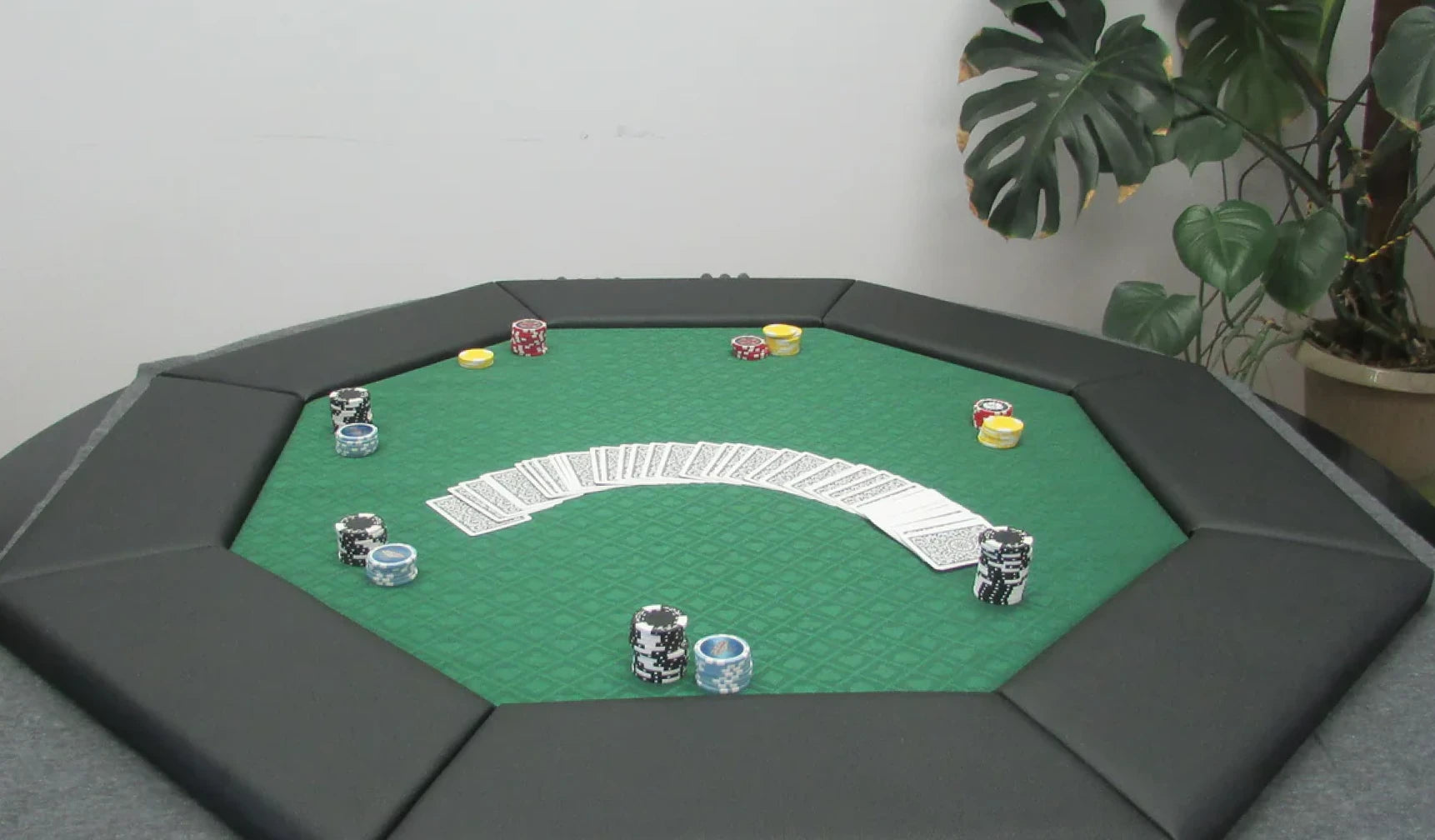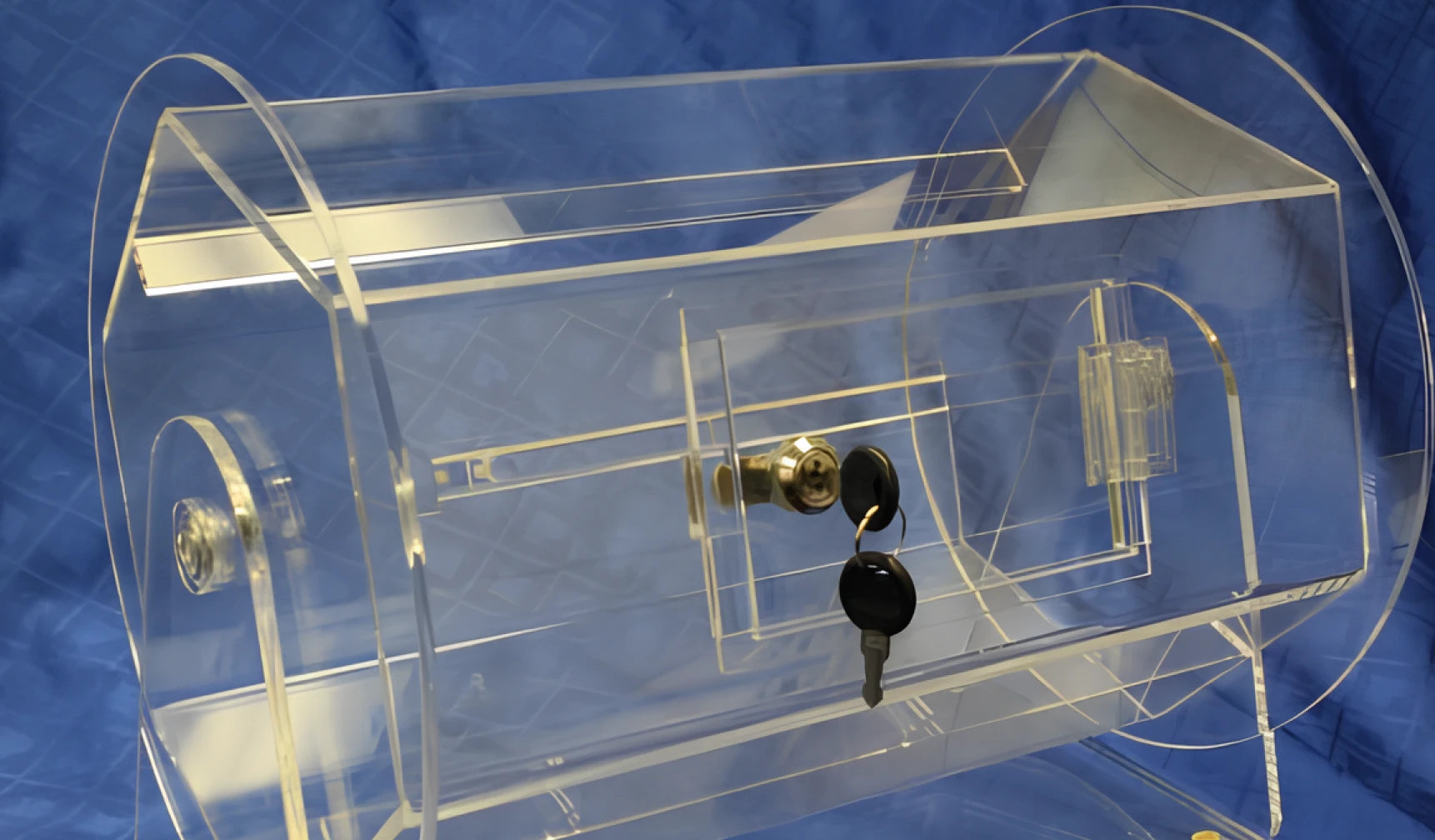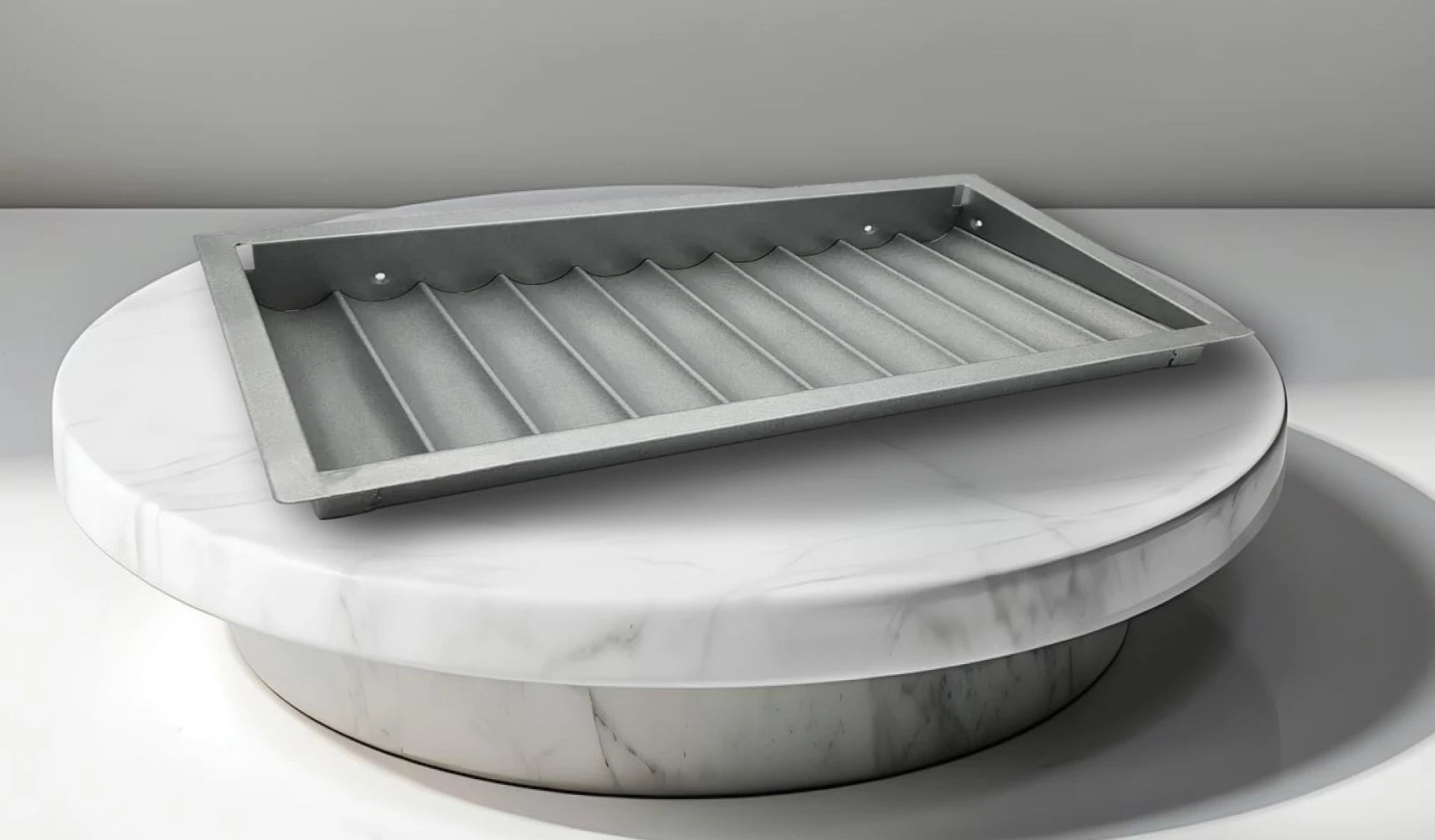Positional Play: How Your Seat Can Make or Break Your Poker Game
When you sit down at a poker table, you might be focused on your cards and your opponents, but there’s another critical factor that can make or break your game: your seat position. In poker, positional play is one of the most important elements that can impact your decision-making and overall strategy. Understanding how your seat at the table affects the flow of the game gives you a significant advantage over less experienced players.
What Is Positional Play?
In poker, the "position" refers to where you are seated in relation to the dealer. Your position changes each hand, as the dealer button rotates around the table. The importance of position comes from the fact that players act in turn, clockwise around the table, meaning some players have the opportunity to see how others act before making their own decisions. Acting later in a hand gives you more information and, in turn, more power.
There are three main types of positions:
-
Early Position (EP): These are the seats immediately to the left of the dealer, typically the first three players to act. Being in an early position means you have to make decisions with minimal information, as most players haven’t acted yet.
-
Middle Position (MP): These seats fall between early and late position, giving you a bit more information but still leaving you vulnerable to players acting after you.
-
Late Position (LP): The final seats in the betting order, including the dealer button (the button) and the player to their right (the cutoff), are considered late positions. Late position is the most powerful, as you get to see how the majority of the table acts before you make your move.
The Power of Late Position
Acting last gives you a major strategic edge in poker. When you’re in late position, you can see how many players have entered the pot, what kinds of bets they are making, and whether anyone shows weakness. This knowledge allows you to make informed decisions, such as choosing when to raise, call, or even bluff.
For example, if everyone checks to you in late position, this might indicate weakness, giving you an opportunity to make a bet and take down the pot. On the flip side, if there’s a lot of aggressive betting ahead of you, it might be wiser to fold marginal hands and save your chips.
Early Position Challenges
Playing in early position is much more difficult because you’re acting with little to no information about the strength of your opponents' hands. You don’t know if players behind you will call, raise, or fold. Therefore, your range of playable hands in early position should be much tighter. You’ll want to focus on stronger hands, like high pairs and premium suited connectors, and avoid speculative hands that could get you into trouble if you face heavy action from later-position players.
Middle Position Strategy
Middle position offers a balance between the challenges of early position and the advantages of late position. You’ll still need to play cautiously, but you can widen your range slightly compared to early position. You have some information from early-position players, but you also need to be aware that late-position players might act after you with a stronger hand.
How to Adjust Your Play Based on Position
-
Tighten Up in Early Position: Since you have less information, you should only play the strongest hands. Avoid speculative plays like low suited connectors or weak pairs.
-
Expand Your Range in Late Position: In late position, you can afford to play more hands, including marginal hands and suited connectors, because you have the advantage of acting last. You also have more room to bluff and steal blinds.
-
Use Positional Awareness for Bluffing: Late position is ideal for bluffing, as you can exploit opponents who show weakness by checking. Bluffing from early position is much riskier, as there are too many unknowns about the strength of your opponents’ hands.
Examples of Positional Play in Action
Let’s say you’re in a hand with 9 players. You’re in the cutoff seat, which is a late position. The first few players (in early and middle positions) check, showing signs of weakness. With this information, you can confidently make a bet, knowing that no one else has shown strength. You might win the pot without even seeing a flop, just because you used your position to your advantage.
Alternatively, imagine you’re in early position with a hand like A-10 offsuit. You’re not sure how strong this hand is compared to what your opponents might have, and you don’t want to face a raise from someone in late position. So, you decide to fold, saving your chips for a better spot. In this case, recognizing the limitations of your position helps you avoid a risky situation.
Conclusion
In poker, where you sit can have a huge impact on how you play the game. Players who understand positional play know how to adjust their strategy, depending on where they’re seated. Late position offers the most power, as you can act with the most information, while early position requires caution due to the lack of information. By mastering positional play, you can make smarter decisions, win more pots, and become a more successful player overall.
Always remember: poker isn’t just about the cards you’re dealt – it’s about using every advantage, including your seat at the table. So, the next time you sit down to play, don’t just think about your hand – think about your position, and use it to your advantage.
